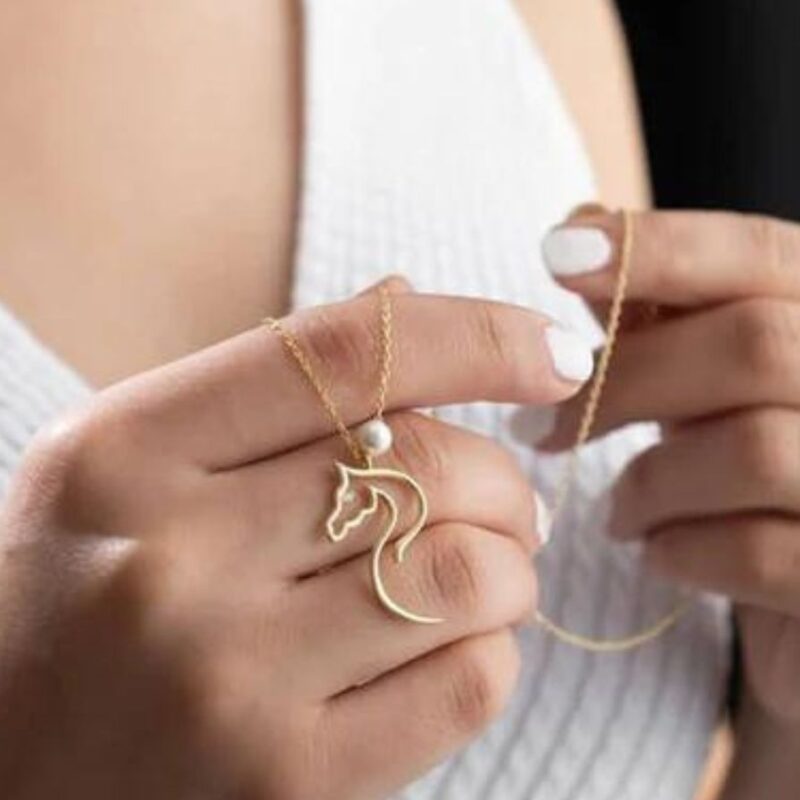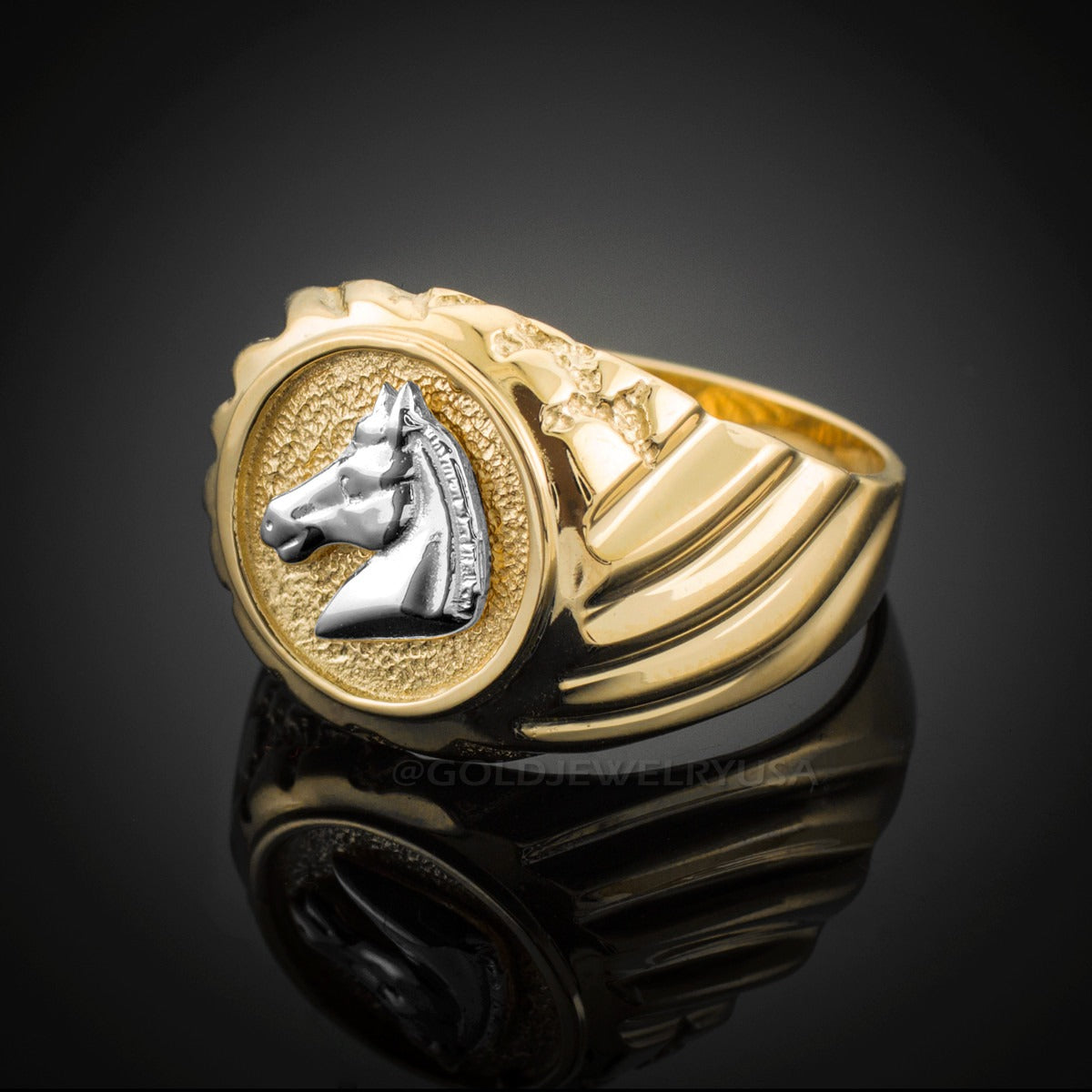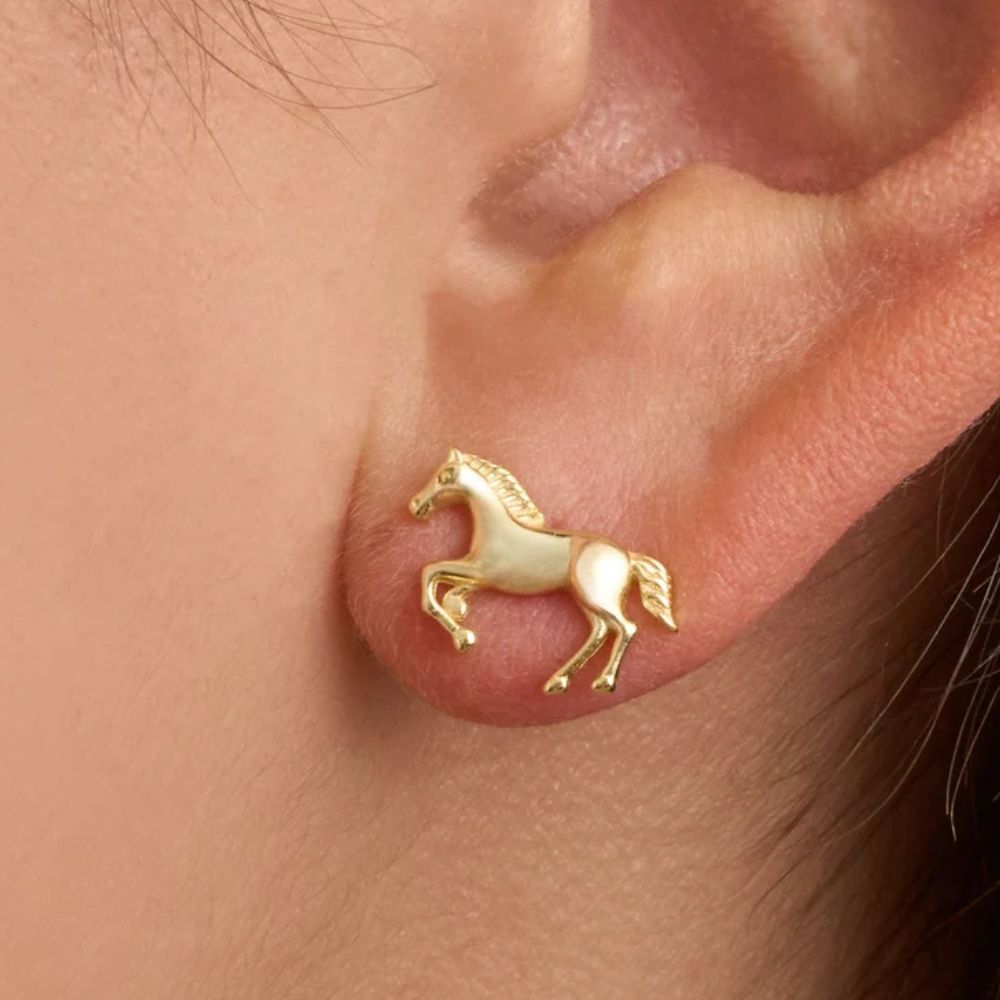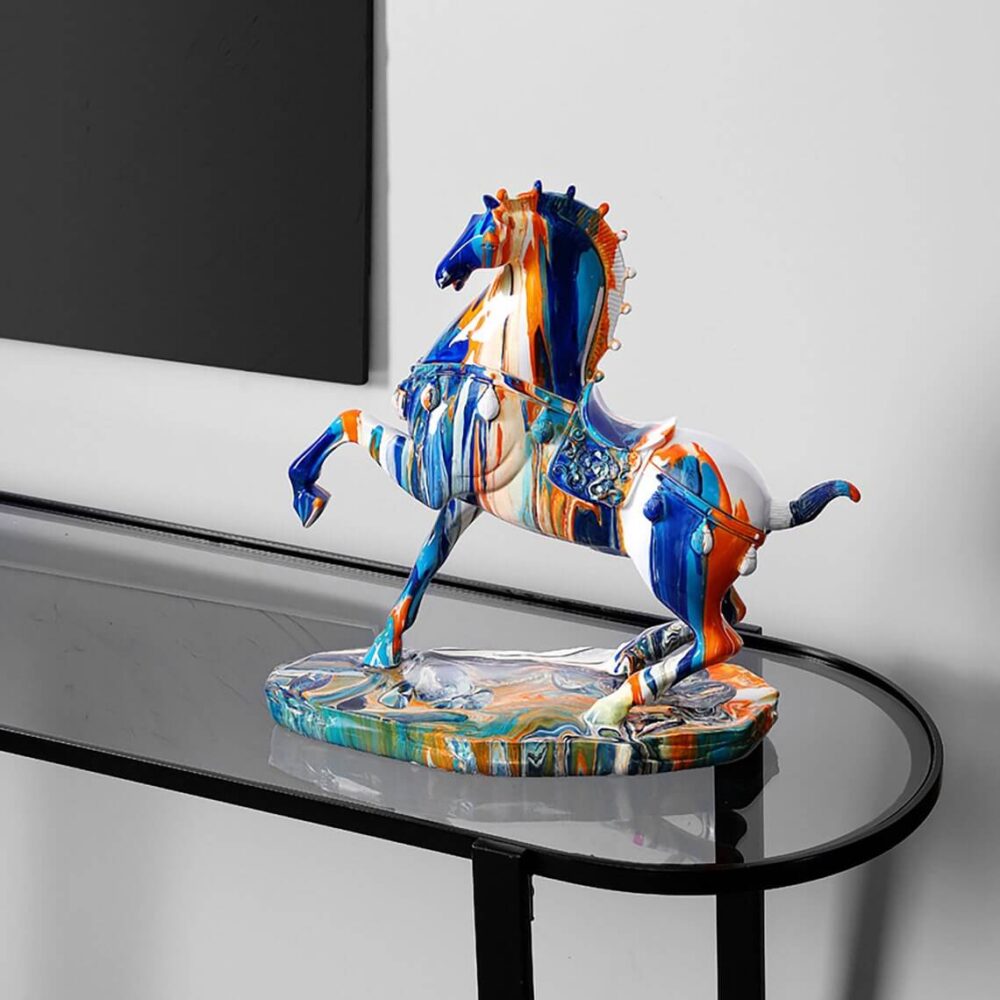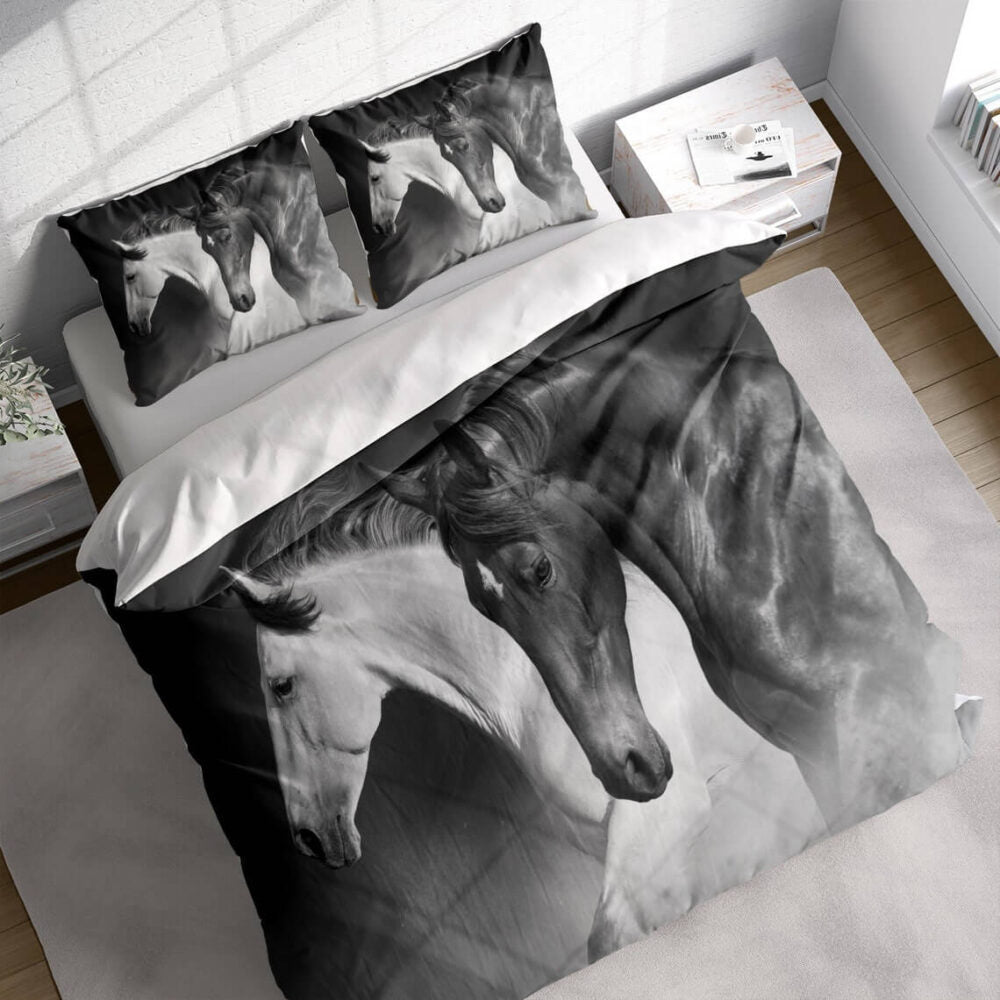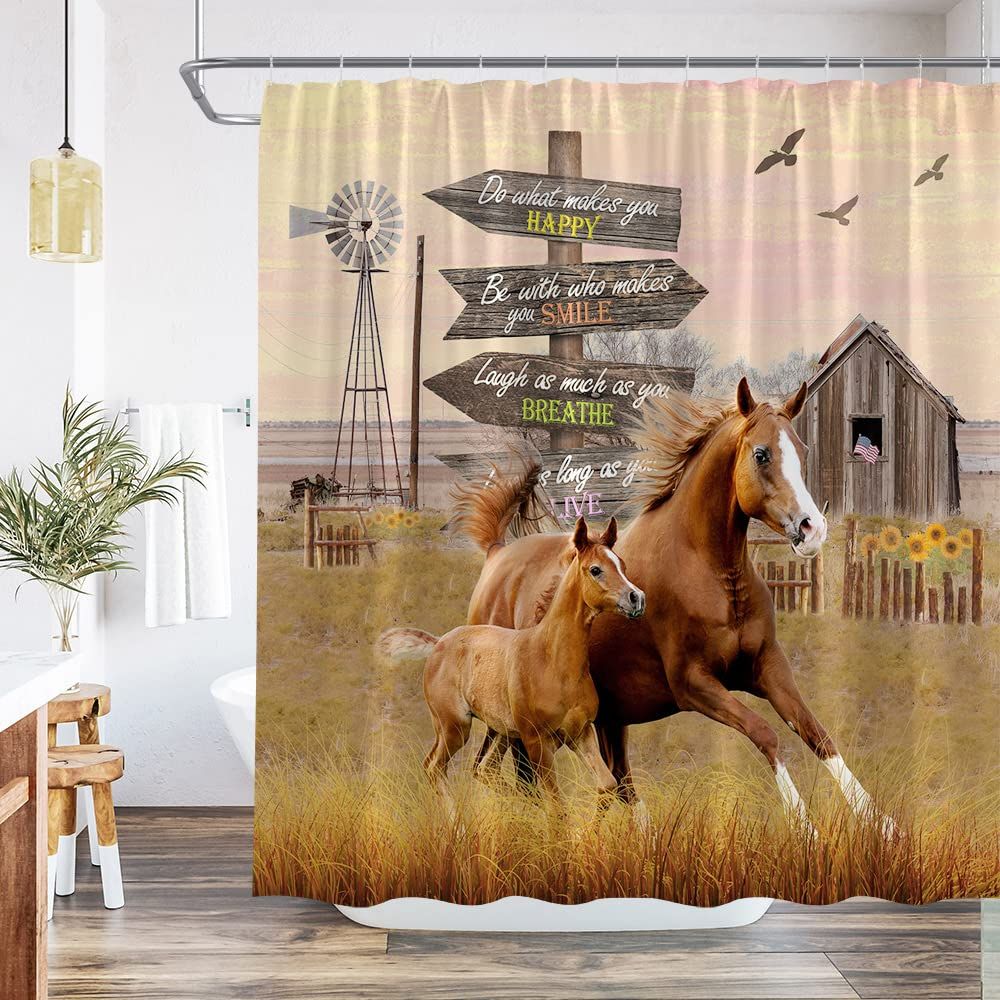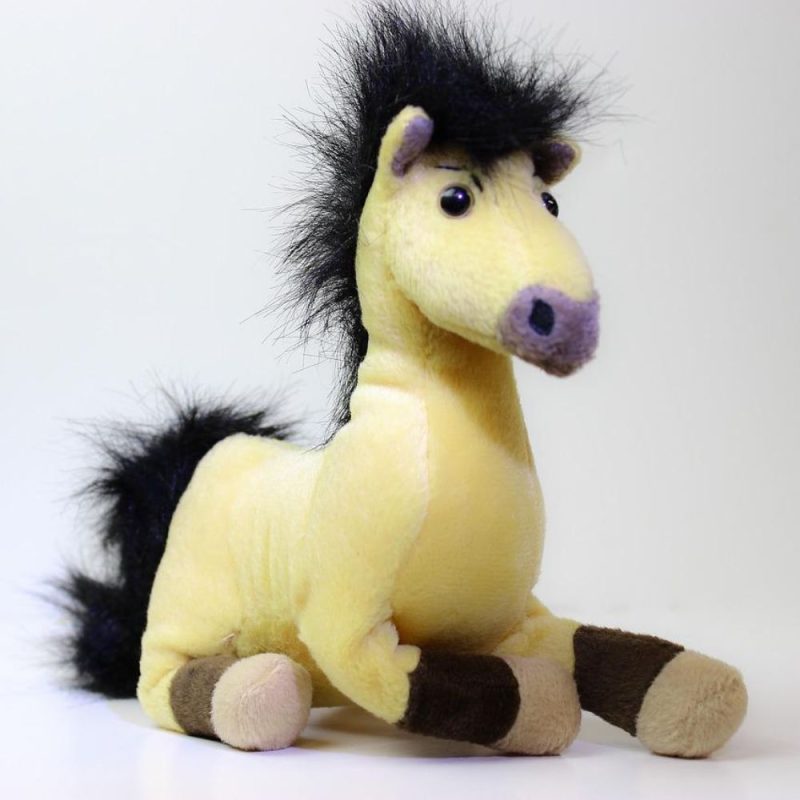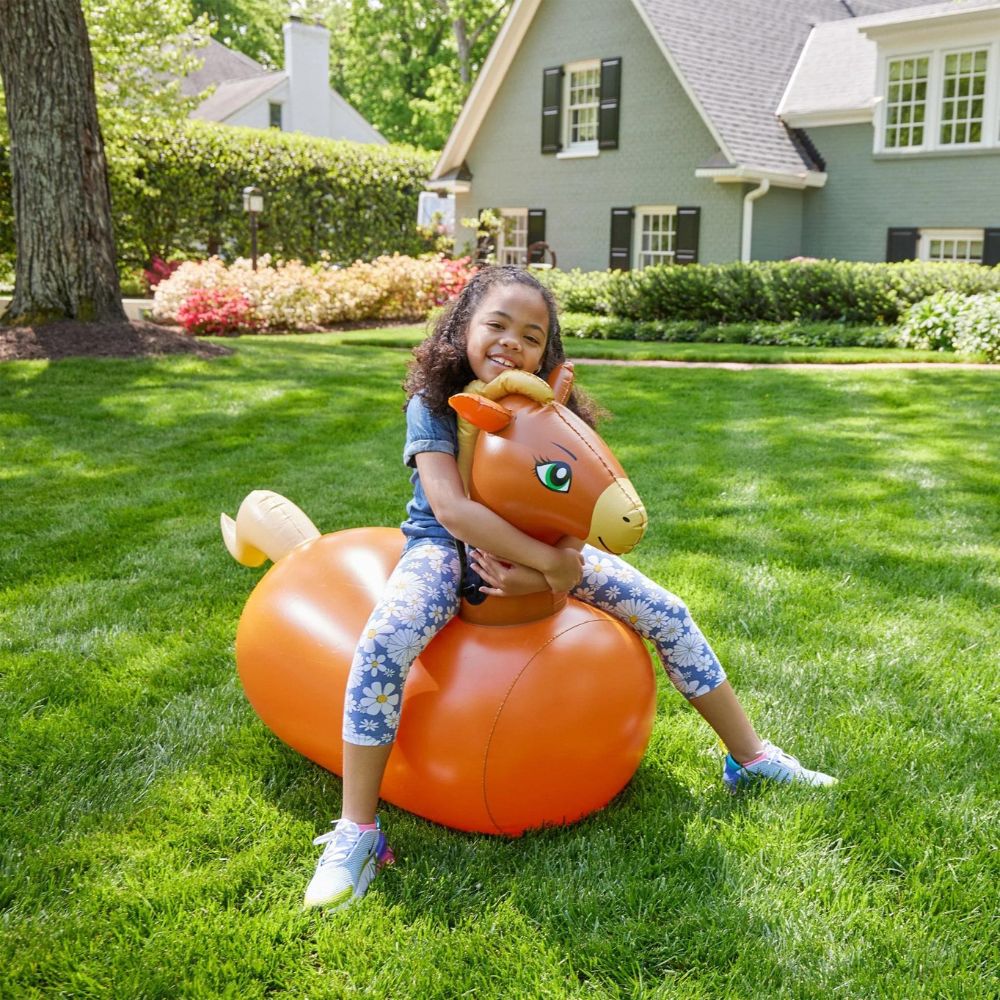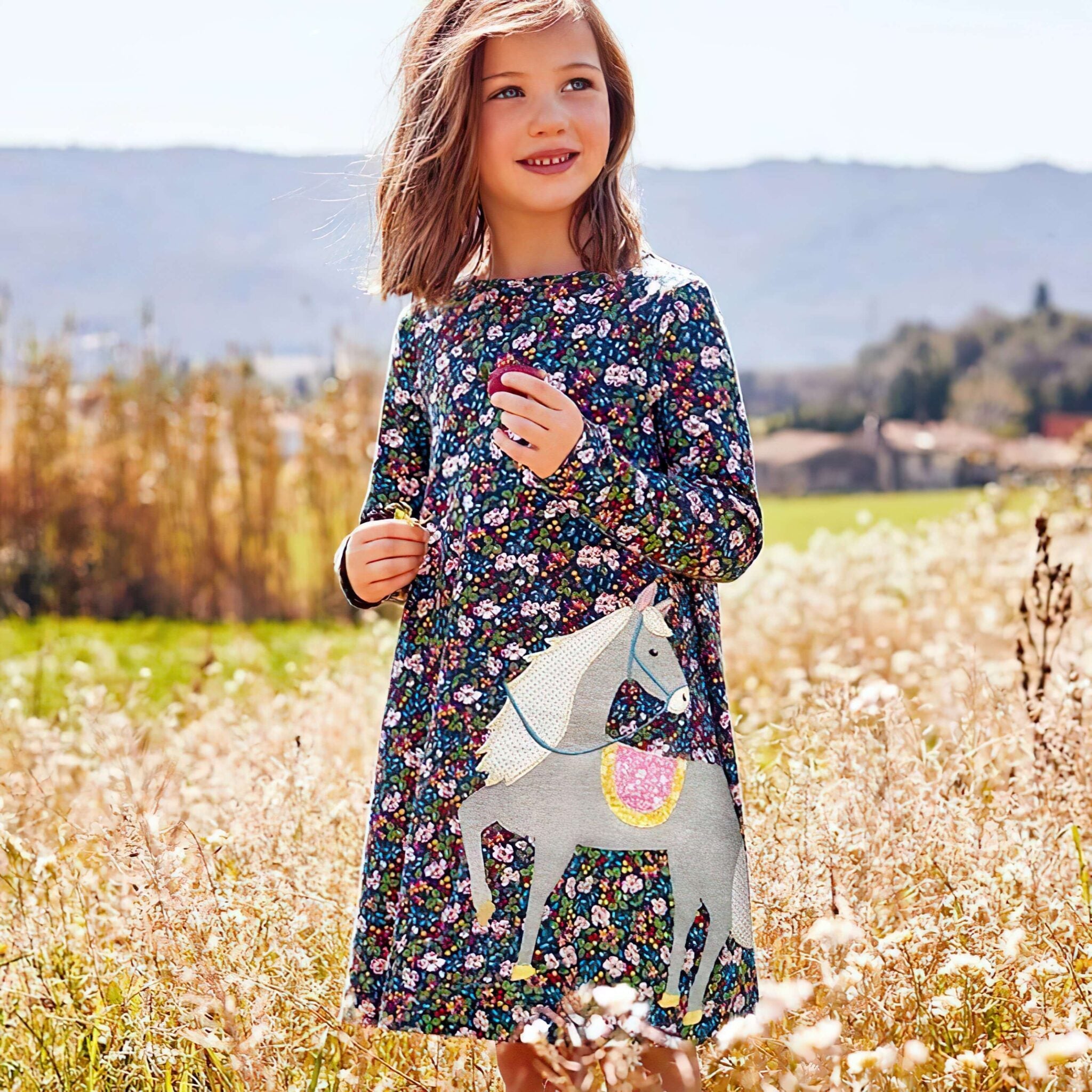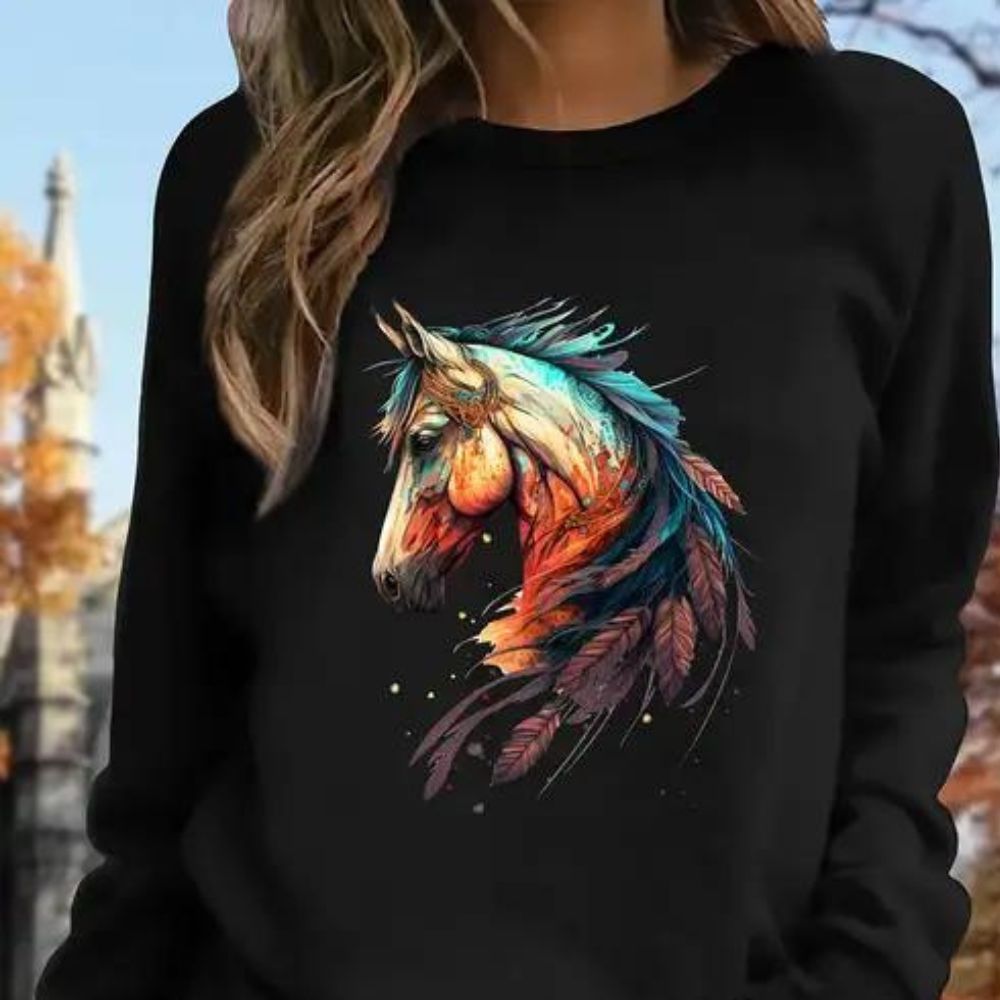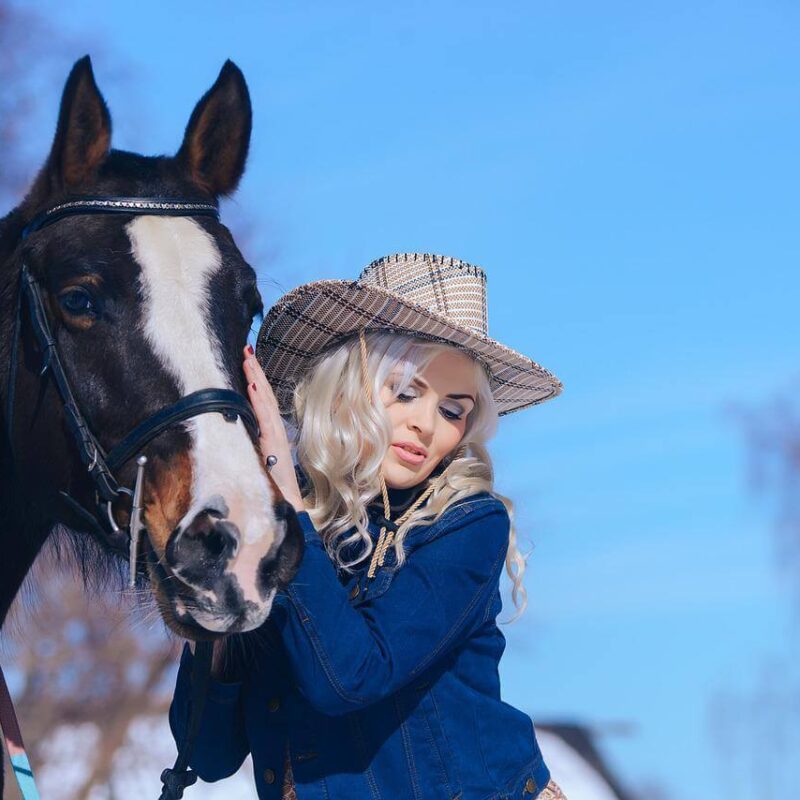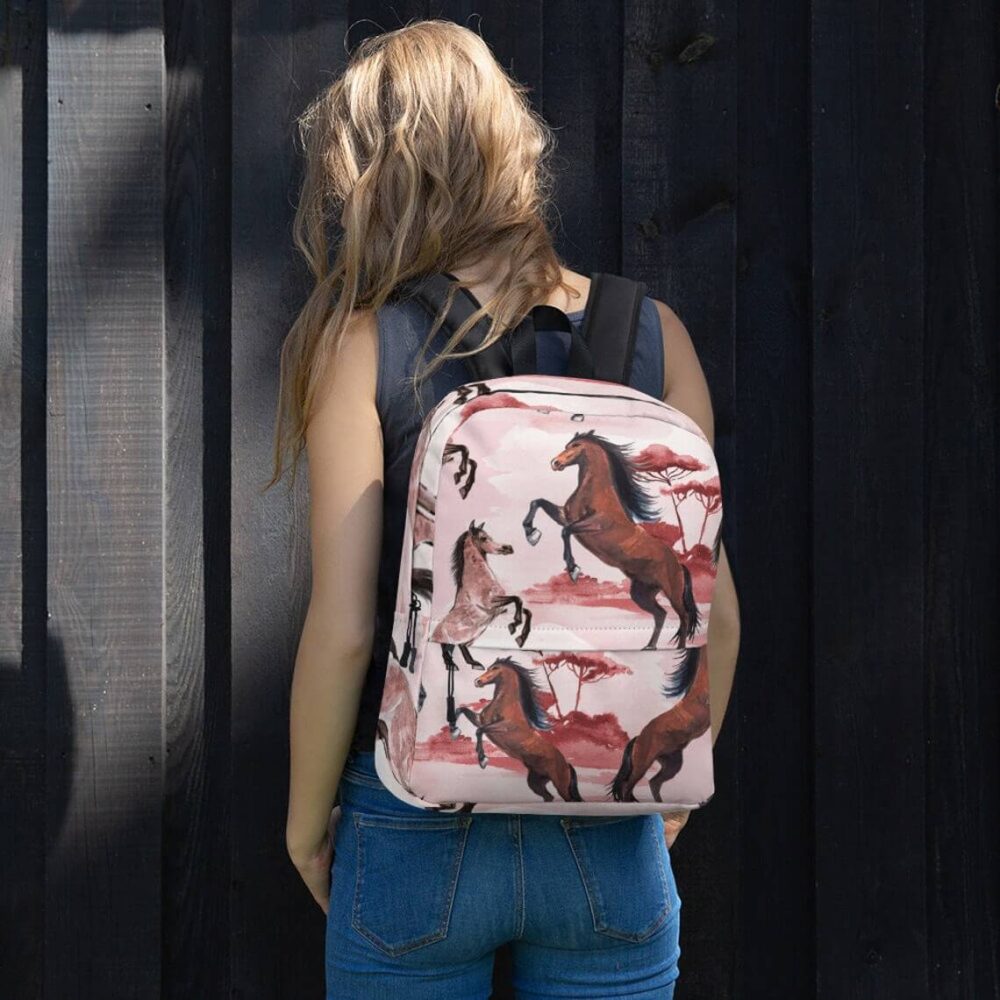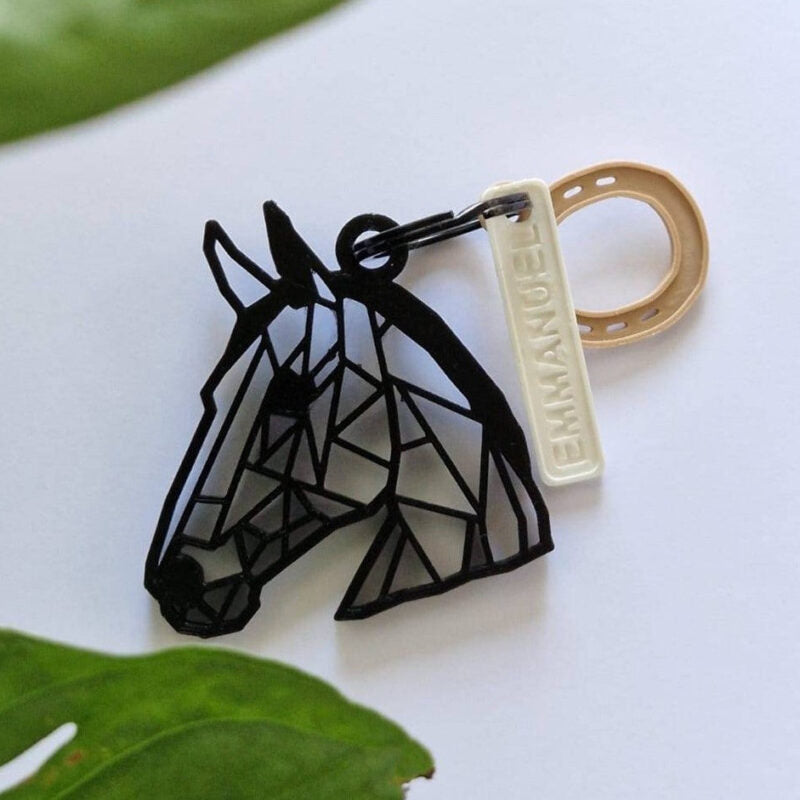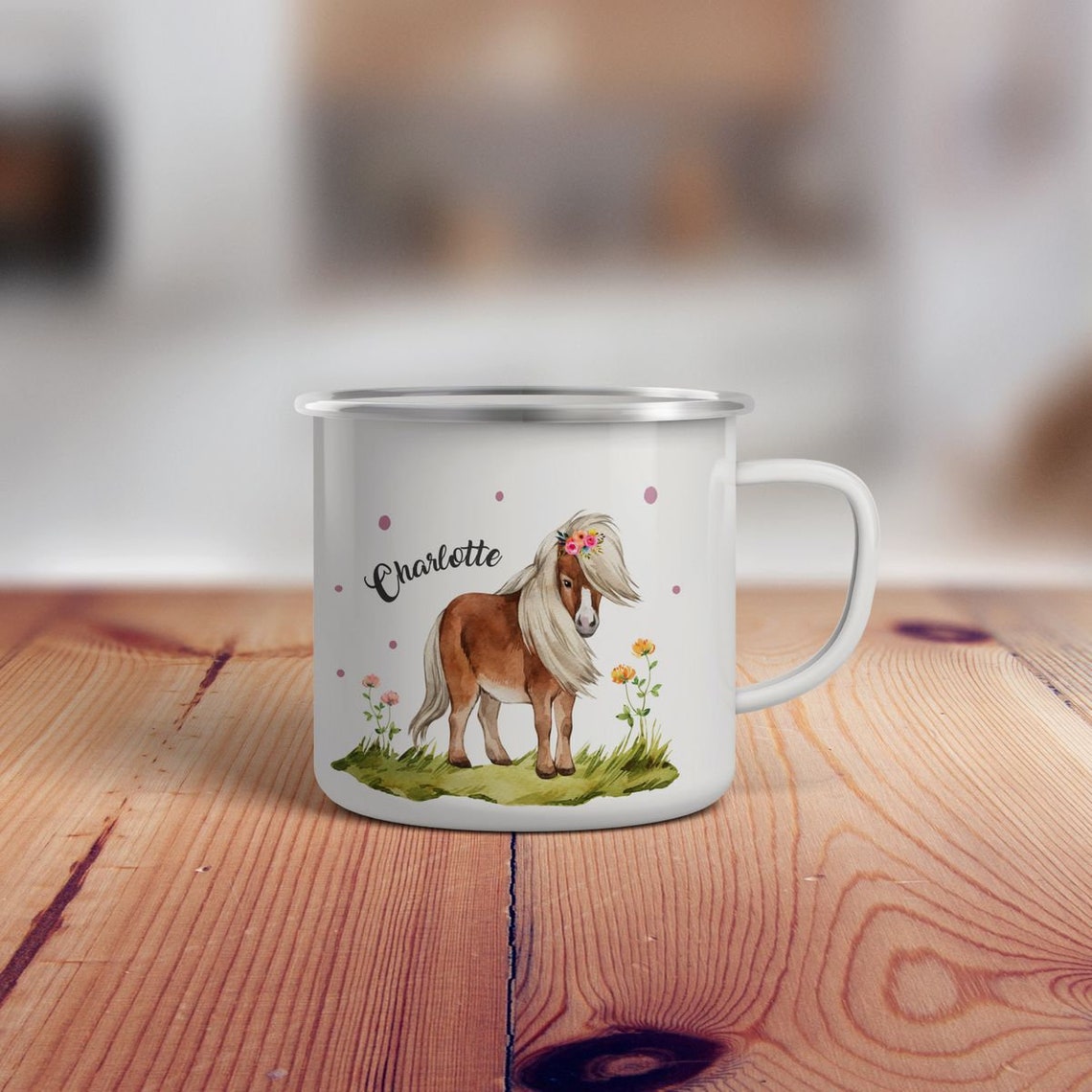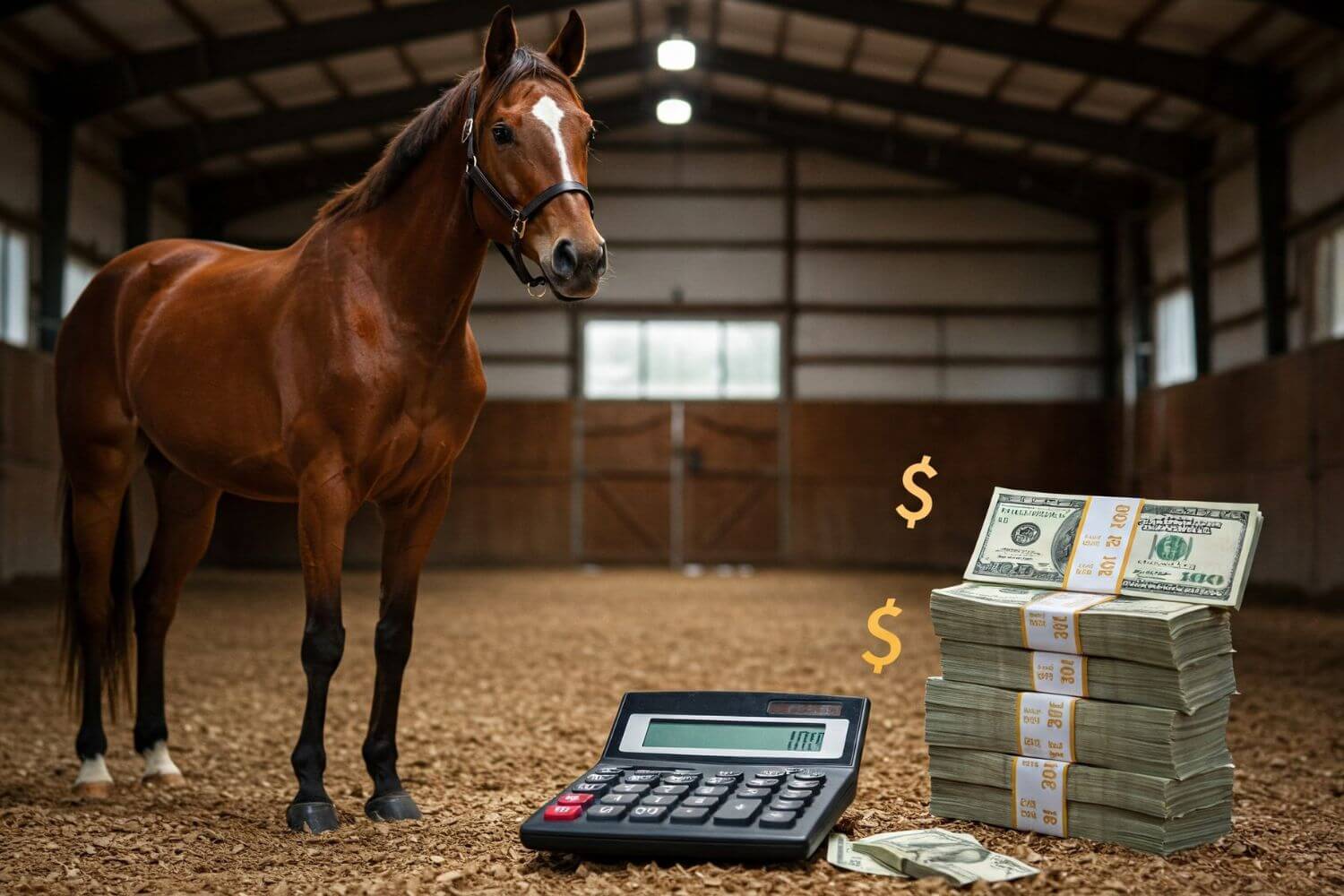
How Much Do Horses Cost Per Year? Breaking Down Every Expense
Wondering how much do horses cost per year? You’re not alone! Whether you’re a seasoned equestrian or dreaming of buying your first horse, understanding the financial commitment is essential. Owning a horse goes far beyond the initial purchase price – it’s a significant annual investment that requires careful planning and budgeting. The truth is, annual horse expenses can range anywhere from $3,000 to over $15,000 depending on numerous factors including your location, the horse’s needs, and your personal preferences. At Dream Horse, we’re passionate about helping fellow equestrians navigate the joys and challenges of horse ownership. In this comprehensive guide, we’ll break down all the costs of owning a horse so you can make informed decisions and properly prepare for this rewarding commitment. From basic necessities to unexpected emergencies, we’ll cover everything you need to know about the financial side of horse ownership in 2025.
The Basic Annual Expenses: Feed, Board, and Regular Care
When calculating horse ownership costs, the first items on your budget should be the essentials: feed, board, and routine care. These fundamental expenses form the foundation of your annual horse budget.
Feed Costs: Hay, Grain, and Supplements
Feed costs represent one of the largest recurring expenses in your horse care expenses budget. An average horse consumes approximately 2% of its body weight in feed daily, which translates to about 15-20 pounds of hay per day for a typical 1,000-pound horse.
Hay prices vary significantly by region and season, but you can expect to pay anywhere from $4 to $20 per bale, with an annual cost ranging from $1,000 to $3,600. According to a January 2025 survey by the American Horse Council, the national average for quality hay stands at approximately $8 per bale.
Grain costs add another layer to your feeding budget. Depending on your horse’s workload, age, and nutritional needs, you might spend $20 to $100 monthly on grain, totaling $240 to $1,200 annually.
Don’t forget supplements! These specialized nutritional products can add $20 to $200 monthly to your equine expenses, depending on your horse’s specific needs.
➤ Also Read: How Much Does a Horse Weigh: Complete Guide to Horse Weight by Breed and Age
Boarding Options and Their Costs
Boarding costs represent the single largest expense for many horse owners who don’t have their own property. According to equestrian finance expert Emily Richardson, “The location of your stable can impact your annual budget by thousands of dollars, making it the most significant variable in horse ownership costs.”
Stable fees vary dramatically based on:
- Geographic location (urban vs. rural)
- Facilities offered (indoor arena, trails, wash racks)
- Level of care provided (full-board vs. self-care)
Here’s a breakdown of common boarding options:
- Self-Care: $100-$300 monthly ($1,200-$3,600 annually)
- Pasture Board: $200-$450 monthly ($2,400-$5,400 annually)
- Partial Board: $300-$600 monthly ($3,600-$7,200 annually)
- Full Board: $500-$1,500+ monthly ($6,000-$18,000+ annually)
Routine Health Care Essentials
Regular veterinary expenses are non-negotiable aspects of responsible horse ownership. A basic annual wellness program typically includes:
- Vaccinations: $150-$300 annually
- Deworming: $40-$120 annually
- Dental care: $100-$300 annually
- Farrier costs for basic hoof care: $35-$150 every 6-8 weeks ($280-$1,200+ annually)
As of March 2025, the American Association of Equine Practitioners reports that preventative care costs have increased by approximately 12% over the past three years, making budgeting for these expenses more important than ever.
Equipment and Tack: Essential Investment and Maintenance
Every horse owner knows that proper equipment is not just a luxury—it’s a necessity for both safety and effectiveness. Tack expenses can vary widely based on your discipline, preferences, and budget.
Initial Equipment Investment
When you first become a horse owner, the initial equipment costs can feel overwhelming. A basic setup typically includes:
- Saddle: $500-$5,000+
- Bridle and bit: $50-$500
- Saddle pad: $30-$200
- Grooming supplies: $50-$150
- Blankets/sheets: $80-$400
- Halter and lead rope: $30-$100
While these are one-time purchases, they represent a significant investment. High-quality equipment often lasts longer and provides better comfort for both horse and rider, making it a worthwhile consideration for your horse ownership costs.
Annual Maintenance and Replacement
Even after your initial investment, tack expenses continue annually as items wear out or need maintenance. Budget for:
- Saddle cleaning and maintenance: $50-$200 annually
- Replacement of smaller items (girths, reins): $100-$300 annually
- Blanket cleaning and repair: $50-$150 annually
- Replacement of consumables (fly spray, shampoo): $100-$300 annually
Riding Gear for the Equestrian
Your personal riding gear is another category of expenses to consider. Safety equipment like helmets need replacement every 3-5 years or after any impact, regardless of visible damage. Quality riding boots, breeches, gloves, and weather-appropriate clothing are also essential investments.
Training, Lessons, and Competition: The Cost of Improvement
Training costs represent a significant but valuable investment in both your horse’s development and your own equestrian journey. Whether you’re a competitive rider or simply want to enjoy safe, pleasant rides, ongoing education is essential.
Lesson and Training Fees
Lesson fees vary widely based on your location, the instructor’s experience, and the lesson format:
- Group lessons: $30-$75 per session
- Private lessons: $50-$150 per session
- Training rides (professional riding your horse): $30-$75 per session
For a rider taking weekly lessons, this translates to an annual cost of $1,560-$7,800—a significant portion of your horse upkeep costs.
Professional Training Programs
Full training programs, where your horse lives with and is worked by a professional trainer, can cost $800-$2,500+ monthly. While expensive, these programs can dramatically accelerate your horse’s development and address behavioral issues that might otherwise create safety concerns.
Competition Expenses
If you enjoy showing your horse, competition fees add another layer to your annual budget:
- Entry fees: $50-$500+ per show
- Hauling/transportation: $50-$500+ per show
- Coaching at shows: $50-$200+ per day
- Stabling at shows: $50-$300+ per show
- Membership fees for associations: $50-$200+ annually
According to competitive rider Sarah Johnson, “Many amateur riders underestimate show costs by 40-50%. It’s not just the entry fees—it’s the transportation, special equipment, coaching, and often hotel stays that add up quickly.”

Insurance, Emergency Care, and Unexpected Costs
One of the most challenging aspects of budgeting for horse ownership costs is planning for the unexpected. While routine care is predictable, emergencies and unforeseen circumstances can quickly escalate your annual expenses.
Insurance Options and Considerations
Horse health insurance has become increasingly popular as owners seek to protect themselves from catastrophic veterinary bills. Insurance costs typically range from 2.5% to 4% of your horse’s value annually, with additional factors including:
- Horse’s age
- Breed and use
- Coverage limits
- Deductible amount
- Exclusions for pre-existing conditions
For a horse valued at $10,000, expect to pay $250-$400 annually for basic mortality coverage, with major medical coverage adding another $300-$500.
Emergency Veterinary Care
Emergency vet bills represent the most significant unexpected horse costs most owners face. Common emergencies include:
Colic
Colic, a broad term for abdominal pain in horses, ranges from mild discomfort to life-threatening conditions requiring surgery. Treatment costs vary dramatically:
- Farm call and basic treatment: $200-$500
- Hospitalization: $500-$3,000+ per day
- Surgery: $7,000-$15,000+
Injuries
Lacerations, fractures, and other injuries can occur even in the safest environments:
- Wound care: $200-$1,000+
- Lameness investigation: $500-$2,000+
- Surgery for fractures: $5,000-$15,000+
Other Common Emergencies
- Choke: $500-$2,000+
- Eye injuries: $500-$3,000+
- Respiratory issues: $500-$5,000+
Experienced horse owner Madison Taylor shares, “After 15 years of horse ownership, I’ve learned that budgeting for at least one moderate emergency per year is prudent. Even with excellent care, horses find ways to injure themselves or develop health issues.”
Building an Emergency Fund
Financial advisors specializing in equestrian finances recommend maintaining an emergency fund of $3,000-$5,000 specifically for unexpected horse care expenses. This fund should be separate from your regular horse maintenance budget and replenished promptly after use.
Regional Variations and Cost-Saving Strategies
The average horse cost per year varies dramatically depending on where you live and how you manage your equine partner. Understanding these variables can help you make informed decisions about your horse ownership costs.
How Location Impacts Horse Expenses
Location and horse costs are intimately connected. Urban and suburban areas typically have higher costs across all categories:
- Boarding can cost 30-100% more in metropolitan areas
- Hay often costs more in regions that don’t produce it locally
- Professional services (veterinary, farrier, training) command premium prices in affluent areas
For example, full-board in rural Nebraska might cost $350-$500 monthly, while the same level of care in the suburbs of New York or San Francisco could easily exceed $1,500-$2,000.
Strategies for Reducing Annual Expenses
While horse ownership costs are substantial, there are numerous cost-saving tips for horse owners that don’t compromise your horse’s welfare:
Self-care options: If you have the time and knowledge, handling some care tasks yourself can significantly reduce expenses. Learning to administer vaccines (under veterinary supervision), perform basic grooming, and handle routine care can save hundreds annually.
Cooperative arrangements: Sharing certain expenses with other horse owners can reduce costs. Group hay purchases, shared transportation to events, and cooperative scheduling of veterinary visits can all yield savings.
Preventative care: Investing in quality preventative care often reduces long-term expenses. Regular dental work, appropriate nutrition, and consistent hoof care prevent costly problems down the road.
Education: Developing your knowledge and skills reduces reliance on professionals for routine matters. Taking courses in equine first aid, nutrition, and basic care empowers you to make informed decisions.
The Real Cost of Budget Cutting
While finding efficiencies is smart, cutting corners on essential care often leads to higher costs later. Areas where economizing can be counterproductive include:
- Skipping regular veterinary care
- Extending the time between farrier visits
- Purchasing poor-quality hay or feed
- Delaying treatment for emerging health issues
As equine veterinarian Dr. Michael Chen notes, “I frequently see $5,000 problems that could have been $500 problems if addressed earlier. Prevention is almost always more economical than treatment.”

Frequently Asked Questions on Horse Ownership Costs
What is the cheapest horse breed to own?
While the initial purchase price varies by breed, the annual horse expenses for care remain relatively consistent across breeds. However, some breeds tend to be more economical over time. Breeds like Quarter Horses, Appaloosas, and mixed-breed horses often have fewer genetic health issues and hardier constitutions, potentially reducing veterinary costs. Draft crosses and pony breeds typically have lower feed requirements due to their efficient metabolism, reducing your feed costs. Remember that individual health, not just breed, significantly impacts long-term horse ownership costs.
How much does it cost to own a horse for a beginner?
For beginners, horse ownership costs are typically higher as you navigate the learning curve. First-time owners should budget for:
- Regular horse expenses: $3,000-$10,000 annually
- Lessons/training: $2,000-$5,000 annually
- Initial equipment purchases: $1,500-$5,000
- Emergency fund: $3,000-$5,000
New owners often benefit from purchasing a well-trained, experienced horse, which may cost more initially but can save on training fees and reduce risk of injuries from handling inexperience.
Can you own a horse on a budget?
Yes, low-cost horse ownership is possible with careful planning and some compromises. Strategies include:
- Choosing self-care board options
- Leasing instead of buying
- Partial ownership arrangements
- Focusing on essential care while minimizing optional expenses
- Developing skills to handle more care tasks yourself
However, even budget-conscious owners should never compromise on essential horse care expenses like proper nutrition, regular farrier visits, and necessary veterinary care.
How much does horse insurance cost annually?
Horse health insurance costs typically range from 2.5% to 4% of your horse’s value annually. For a horse valued at $10,000, expect to pay:
- Mortality coverage: $250-$400 annually
- Major medical coverage: $300-$500 annually (additional)
- Loss of use coverage: $200-$400 annually (additional)
Premiums are influenced by your horse’s age, breed, use, and health history. Some disciplines, like eventing, may incur higher premiums due to increased risk.
Conclusion
Understanding how much horses cost per year is essential for responsible and enjoyable horse ownership. While the financial commitment is significant—ranging from $3,000 to over $15,000 annually—the rewards of equestrian life are immeasurable. By thoroughly planning your horse ownership costs and creating a comprehensive budget, you can make informed decisions that benefit both your financial health and your equine partner’s wellbeing.
Remember that horse care expenses encompass much more than just the basics of feed and board. From routine veterinary care to unexpected emergencies, from essential equipment to ongoing education, each aspect contributes to the total cost of owning a horse. By anticipating these expenses and planning accordingly, you’ll be better positioned to provide consistent, quality care for your horse through all of life’s changes.
At Dream Horse, we’re committed to supporting your equestrian journey with quality products that enhance the bond between you and your horse. Whether you’re shopping for practical necessities or beautiful equestrian-themed décor, we understand the passion that drives horse enthusiasts. Visit our gift for horse lovers to find the perfect item to celebrate your equestrian lifestyle.
Remember, while the costs of owning a horse may be substantial, the joy, partnership, and personal growth that come from this unique relationship make it an investment well worth making. 🐴❤️








